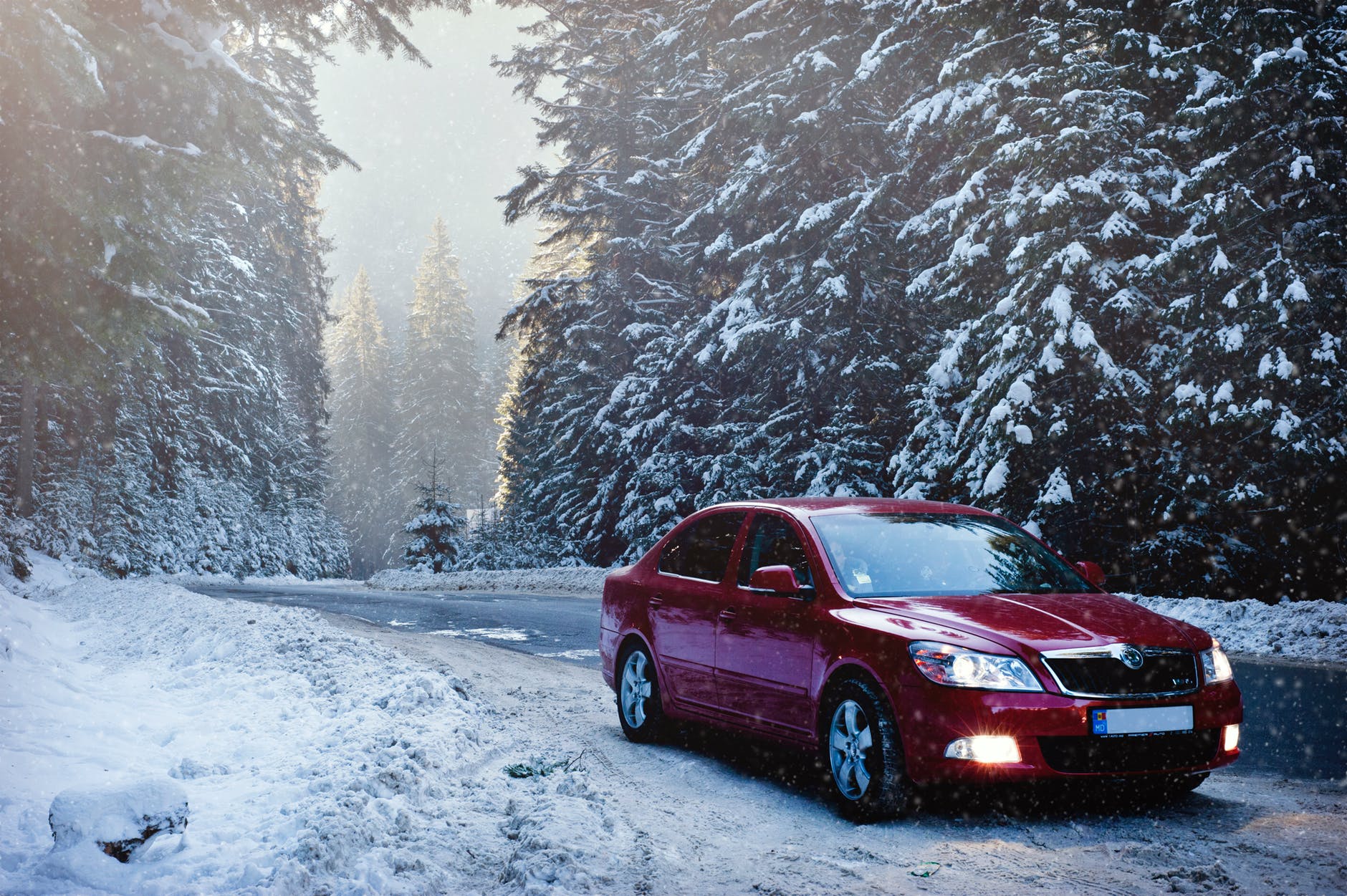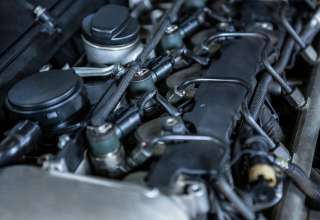Not only is the winter weather an extra hassle for driving, but it’s also terrible for your car condition and performance. Fortunately, there are ways to mitigate these risks from causing long-term damage to your vehicle. Read on for some practical winter car maintenance tips.
What Winter Does to Your Car
It’s all science. When the temperature drops to subzero levels, atoms in materials contract. This is especially heavy for your car, which is a constant subject to physical wear and tear. You can notice this in your car’s rubber components, which become harder and less pliable in the frost, rendering them less functional and prone to breakage.
During wintertime, most communities use ice melts or salts on the road. They are used to clear the roads and, in some instances, provide better traction for vehicles. Unfortunately, these materials are not only heavily corrosive but are also highly acidic, causing significant damage to your vehicle’s paint and metallic components.
The same materials can drag the problem to your car’s interior, specifically the upholstery and the floor carpets. Furthermore, if you have unaddressed dings and dents sustained from a prior accident, the damage can get worse in the freeze. Stalling is also more common in winter as batteries that perform well all year long can simply break down under low temperatures.
All these are common car issues you’ll most likely experience firsthand if you don’t prepare adequately for the onset of winter. Here’s how to do it right.
Take Advantage of Warm Weather to Get a Car Wash
A warm (higher than the average seasonal temperature) and sunny winter weather may be hard to come by, but when it does, seize the opportunity to visit your local car wash and get your ride a good bath. That means cleaning the wheel wells, undercarriage, and engine compartment where road elements are most likely to get stuck. Removing sand, brine, and other corrosive road elements from your vehicle ensures that they don’t induce lasting damage to your vehicle.
Add a Layer of Wax to the Paint Job
To prevent the harsh effect of salt and other corrosive road elements to your car’s paint, opt to have another layer of wax coating. This helps protect the paint, especially when you decide to redo the paint job of your vehicle in preparation for the winter. The added layer of wax helps the efficiency of your vehicle to repel dirt and rust-causing muck. Prioritize vulnerable parts of the vehicle, like the quarter panels, the front grille, and behind the wheels.
Rustproof Your Inner Fenders
You may come up with some advice that tells you to remove your fender flares to prevent the buildup of corrosive materials in your car’s undercarriage, but why remove an important vehicle feature when you can instead opt to upgrade?
Instead of taking out your fender flares only to reinstall them come spring, have your inner fenders rustproofed instead. This adds a layer of protection to your car’s body without compromising its look or freezing necessary functions.
Have the Rubber Components of Your Vehicle Inspected before Winter
Rubber is a common car component that is found not only in your car’s windshield wipers but also in vital belts and in hoses around your engines. Exposure to freezing temperatures makes these components stiff and, therefore, less functional.
Although you don’t necessarily have to purchase a new set of rubber components every winter, you can be diligent with your maintenance check to see whether these parts are still in prime condition. Otherwise, the subzero weather will only render them either broken or useless.
Ensure That You Go Through Your Regular Maintenance Routine
Speaking of maintenance, you should be able to look for any cracks or gaps in your car’s body where water can enter. Failure to diagnose these injuries can cause small cracks to turn into full-blown failures, which can be costly to repair. See to it that, in addition to checking the condition of your rubbers, you also look out for these seemingly minor and negligible issues that can potentially cause more trouble than you’ve anticipated.
Check for Battery Performance
Your battery may work perfectly fine all year long only to break down on the first day of snowfall. As part of your vehicle maintenance routine, be sure to check your battery’s performance and if there are repairs that may need to be done. Otherwise, it may be wise to have a replacement for the season.
Visit your local repair shop to hire professionals to do the work, but if you are confident enough and know your way around, you can replace the batteries on your own for half the price.
Always Keep Your Tank More Than Half-Full
Aggressively low temperatures can easily freeze the liquid in your tank. Don’t let this hassle get in your way by always ensuring that you’re running with a full tank. Otherwise, it’s wise to maintain your gasoline level more than half-full to make it harder for the cold to penetrate the liquid and initiate the freezing process.
Pack Winter Supplies in Your Car
There’s nothing worse than being stuck in a snowy jam or winter blizzard and being ill-equipped for the emergency. Here are things you should keep in handy:
- Jumper cables
- Warm blankets, coats, gloves, and clothing
- Nonperishable foods and sugary drinks
- Reflective triangles, LED flashers, flashlights, or flares
- A shovel
- An ice scraper or deicer
- An emergency phone or an extra phone battery
- First aid kit
Final Word
Prepping your car up for the winter will save you hundreds of dollars in repair costs. It will also help ensure the long-term performance of your vehicle. But most importantly, doing these preventive measures will help you avoid the usual nightmares of driving in frosty weather. So keep these tips handy, and incorporate them into your winter maintenance routine.














